“We are going to Houston tonight! Pack your bags!”
That is the first sentence my dad said when he came home from work. At first I thought he was joking because who would drive to Houston at 9 p.m. after a long day of work, regardless if it’s summer vacation or not. But he was indeed serious. After a rushed packing and loading, followed by a much relaxed two hour drive, my family and I finally reached our hotel. I also discovered the reason for our impromptu trip to Houston: Maurits Cornelis Escher.
Maurits Cornelis Escher (known as M.C. Escher) was born in the Netherlands and is known for his mind-bending images that connect to mathematics and various branches of science.
With his famous works such as Sky and Water and Still Life and Street, Escher etches a picture into the viewer’s mind. Hearing my dad speaking with such excitement about Escher’s art, I was eager for our trip to the museum.
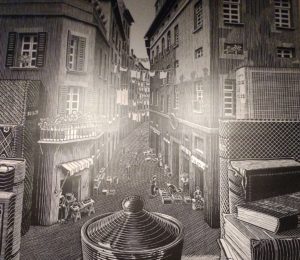
The next day, we visited the Museum of Fine Arts in Houston. We bought a membership and went to the Escher Exhibit. There were multiple rooms, separated by thin fake walls, and stretched for yards on end. Outside these rooms filled with Escher;s work, were materials he used along with old notebooks containing drafts of his work.
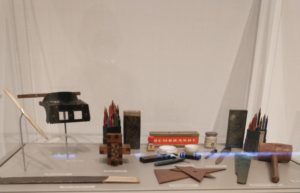
Room after room, there were lithographic prints, woodcuts, and mezzotints. There were 3D structures, some even made with lasers.
When we first bought the tickets, the receptionist told us that it would take us two hours to view the exhibition; However, looking at Escher’s work, I knew it would take longer. There were illusions, self portraits, landscapes, and more! You name it and it would most likely be there.
Looking at the collection of Escher’s work, I couldn’t help but wonder, was it art or math? There were spirals, tessellations, geometric shapes and 3D structures, like the Never Ending Staircase, depicting a set of stairs that seem to go in every direction endlessly, or the Path of Life I, spiraling lines diagonally while connecting the intersections of lines radiating from the center of concentric circles. This gives an illusion of a lotus flower or a pinwheel of colorful fish. It almost seemed like a math teacher’s dream. Despite the visible mathematical aspects of the artwork, there was an artistic appeal in each and every one of Escher’s work. Whether it’s the swirls in the beard of a self-portrait, the mixture of colors used or a reflection in the water, the art seemed alive.
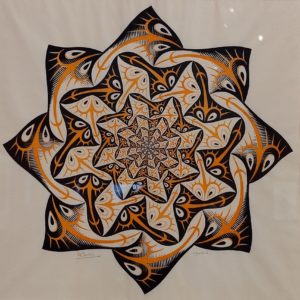
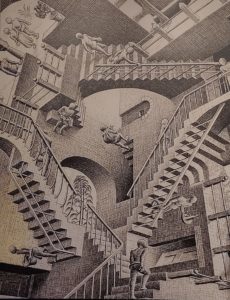
Escher was known for his optical illusions. We got into a room filled with black and white tiles. The floor was angled and a little window was cut out in the wall. When someone took a photo, the tiles would be lined up straight, making the floor look flat, but through the small window, the people standing in the room appeared to be very short on one side and gigantic on the other side.
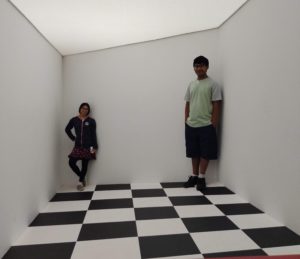
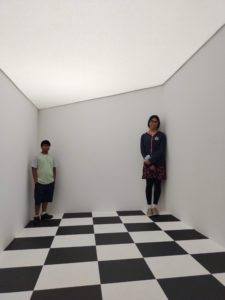
While there are many artworks to look at, one of my favorites was The Sunken Cathedral. Escher was inspired by DeBussy’s piano prelude The Sunken Cathedral, created in Rome in late 1928. The intricate details of the cathedral against the simple black background caught my attention.
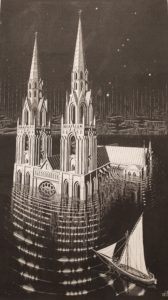
Though the medium-sized art caught my attention, there were some gigantic pieces of work. Metamorphosis II is a woodcut in black and red, printed from 20 blocks on 3 combined handmade sheets. This art piece took up one big wall in the exhibit. It was one of my brother’s favorite pieces.
After viewing the exhibit, we ended our visit with a small lunch at the museum’s cafeteria. Looking back on past art exhibits, I would say The Art of M.C. Escher from the Michael S. Sachs Collection is the best exhibition I have seen till date. If anyone wants to check it out, the exhibit is in Houston’s Museum of Fine Arts till September 5.
If you want any information or buy tickets, you can visit: https://www.mfah.org/exhibitions/virtual-realities-art-of-mc-escher.

